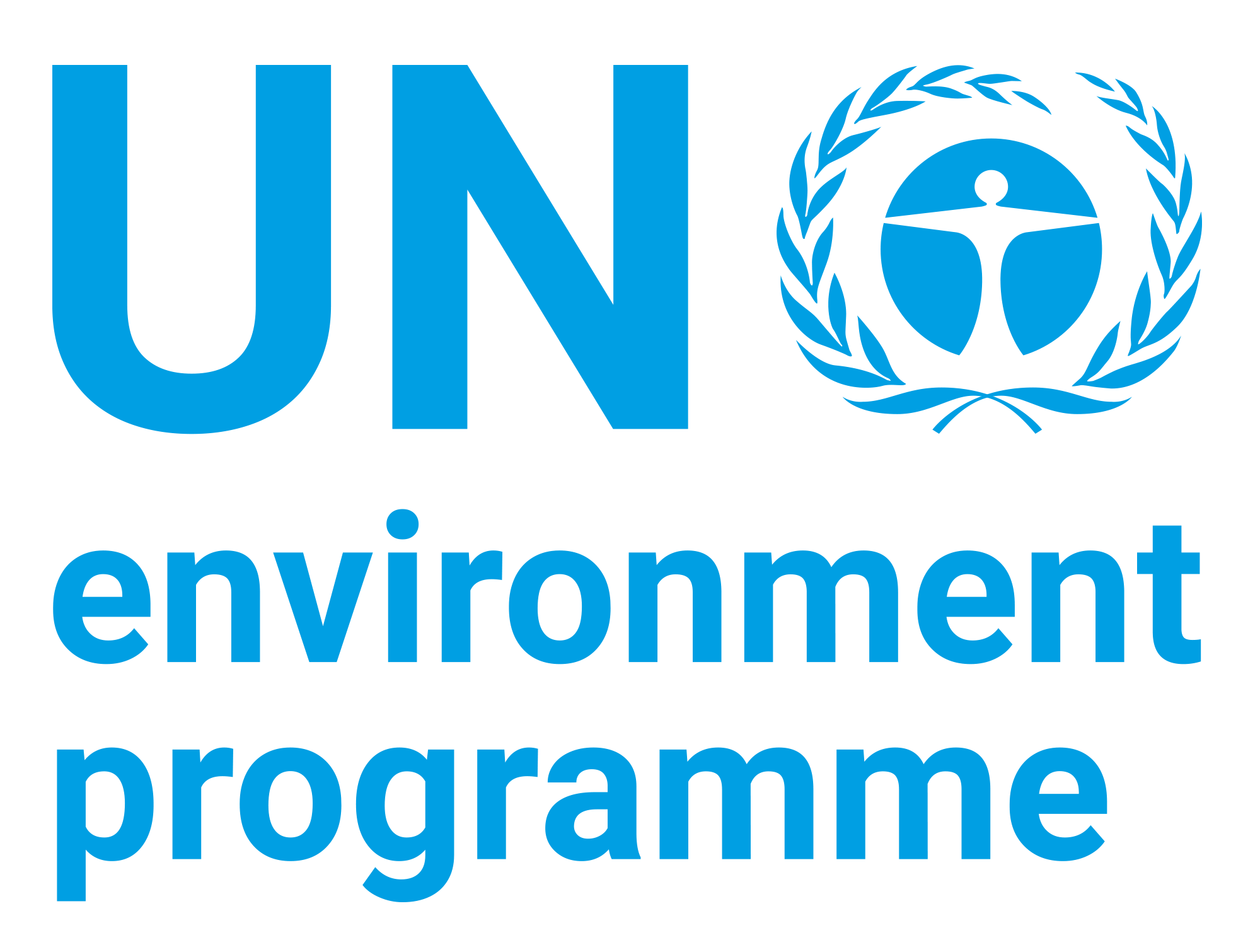| dc.contributor | Economy Division | en_US |
| dc.contributor.author | United Nations Environment Programme | en_US |
| dc.contributor.other | Urban Mass Company Limited | en_US |
| dc.contributor.other | German Federal Ministry for the Environment, Nature Conservation and Nuclear Safety | en_US |
| dc.coverage.spatial | India | en_US |
| dc.date.accessioned | 2020-02-04T12:11:36Z | |
| dc.date.available | 2020-02-04T12:11:36Z | |
| dc.date.issued | 2015 | |
| dc.identifier.isbn | 978-87-93130-65-4 | en_US |
| dc.identifier.uri | https://wedocs.unep.org/20.500.11822/31400 | |
| dc.description | The cities of fast developing countries like India continue to grow rapidly in terms of its spatial extent and population, as a consequent of growth of national of the country. During the last decade, the urban sprawl in Indian cities has extended far beyond the existing territorial jurisdiction of the city administration, resulting in an increase in vehicles numbers and energy consumption. The travel trends of previous decades indicate that there is a decline in the use of bicycles and public transport on one hand, and an increase in the share of 2Ws, 4Ws and 3Ws on the other hand. | en_US |
| dc.format | Text | en_US |
| dc.language | English | en_US |
| dc.rights | Public | en_US |
| dc.subject | India | en_US |
| dc.subject | transport | en_US |
| dc.subject | carbon | en_US |
| dc.subject | city | en_US |
| dc.subject | urban planning | en_US |
| dc.subject | urban population | en_US |
| dc.subject | data collection | en_US |
| dc.subject | information | en_US |
| dc.subject | demography | en_US |
| dc.subject | pedestrian | en_US |
| dc.title | Promoting Low Carbon Transport in India – Low Carbon Comprehensive Mobility Plan: Udaipur | en_US |


